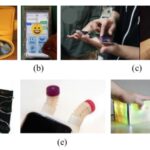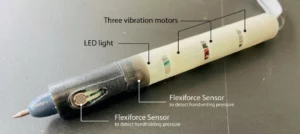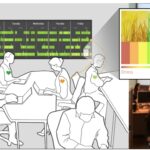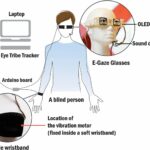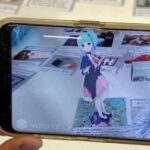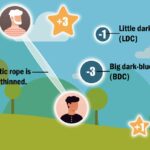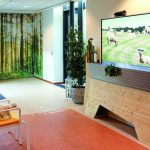Qianhui Wei, Min Li, Jun Hu
Background: Mediated social touch has been widely studied for remote affective communication in the field of human-computer interaction. Goal: We conducted this literature review to comprehensively understand the state of the art of the designs and evaluations of mediated social touch for mobile devices. Method: We selected 52 articles based on related keywords from four main digital libraries, i.e., ACM, IEEE, Springer, and Scopus. Results: We summarized from these articles how mediated social touch signal is designed, prototyped, and evaluated, and what the main research findings are. Based on the analysis, we identified opportunities for later work.
